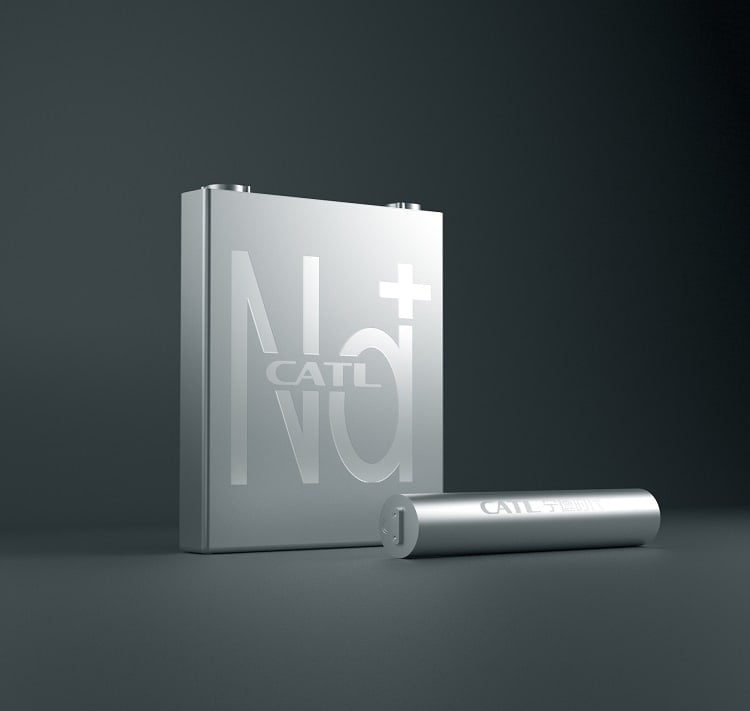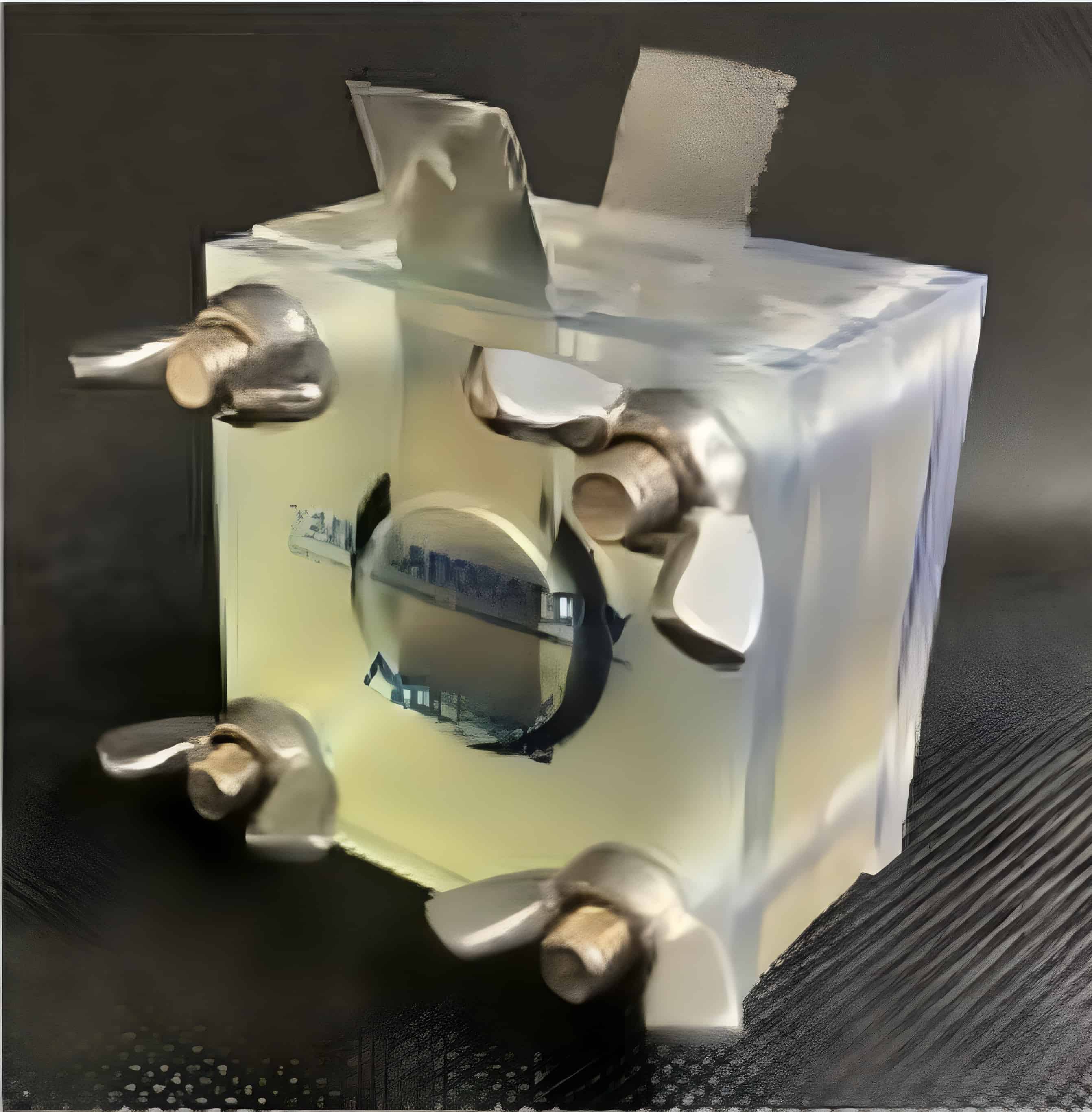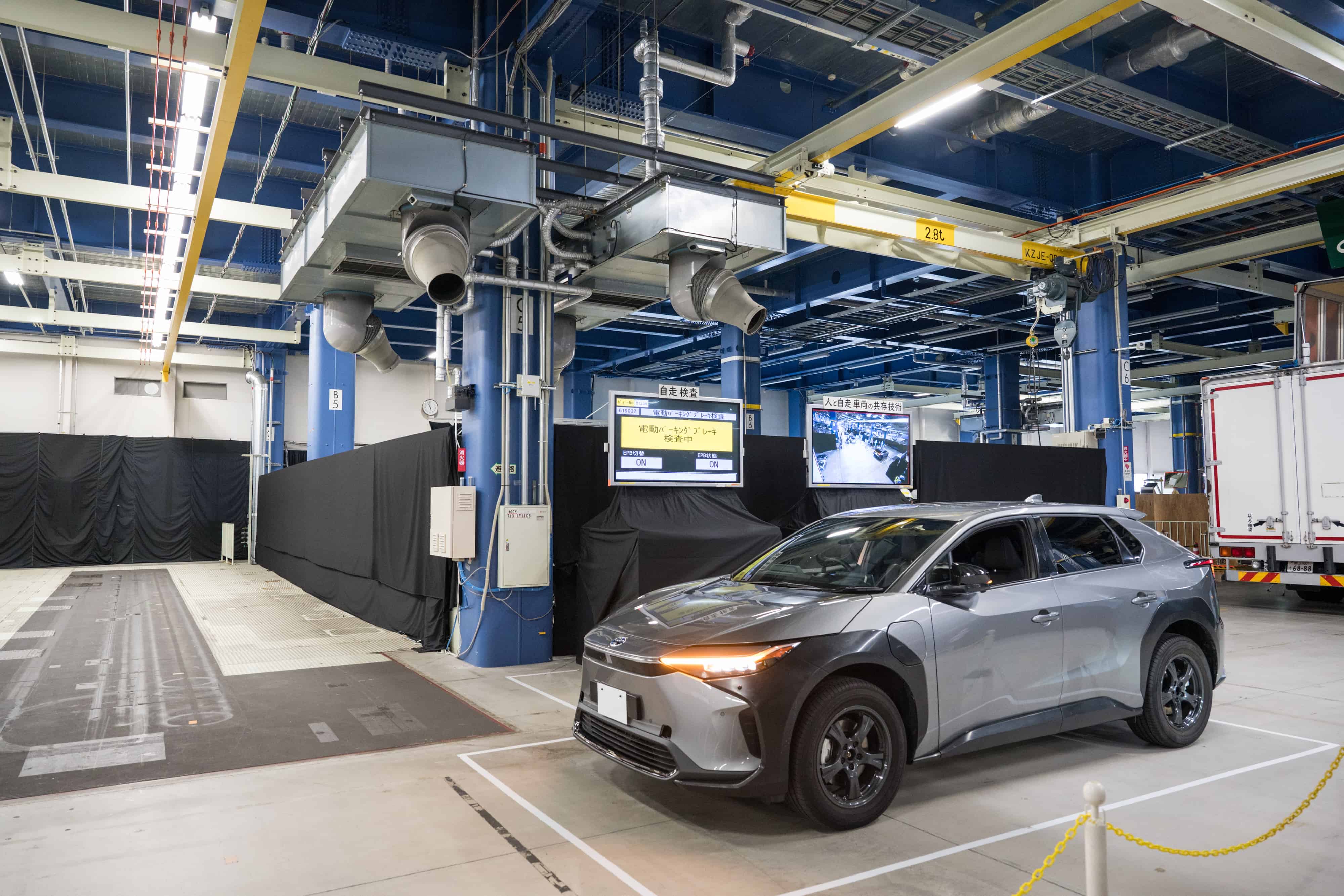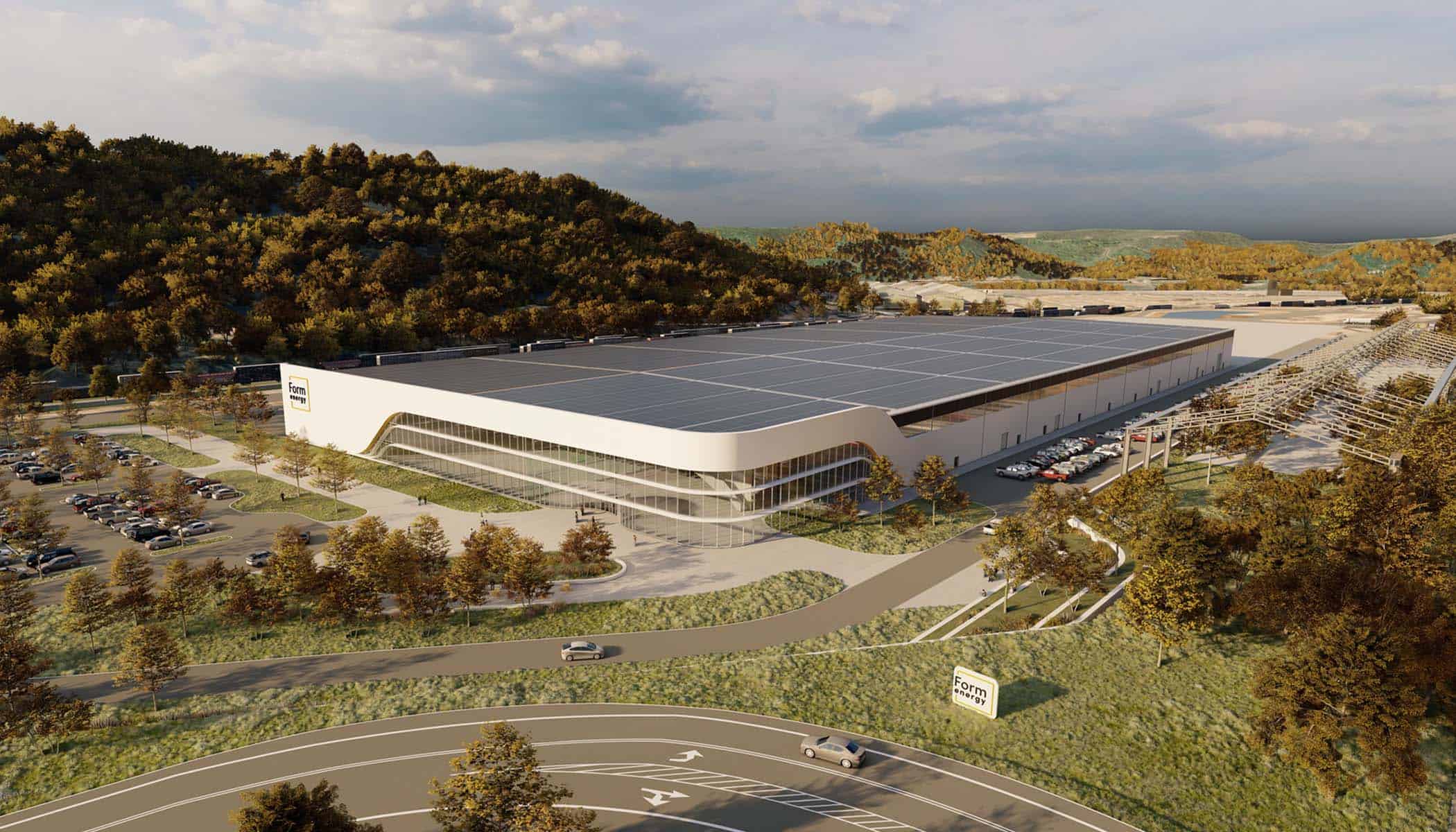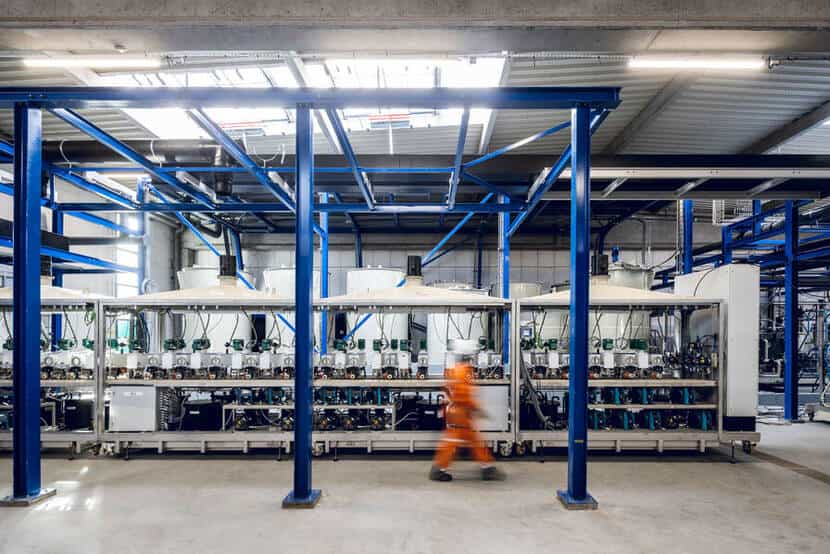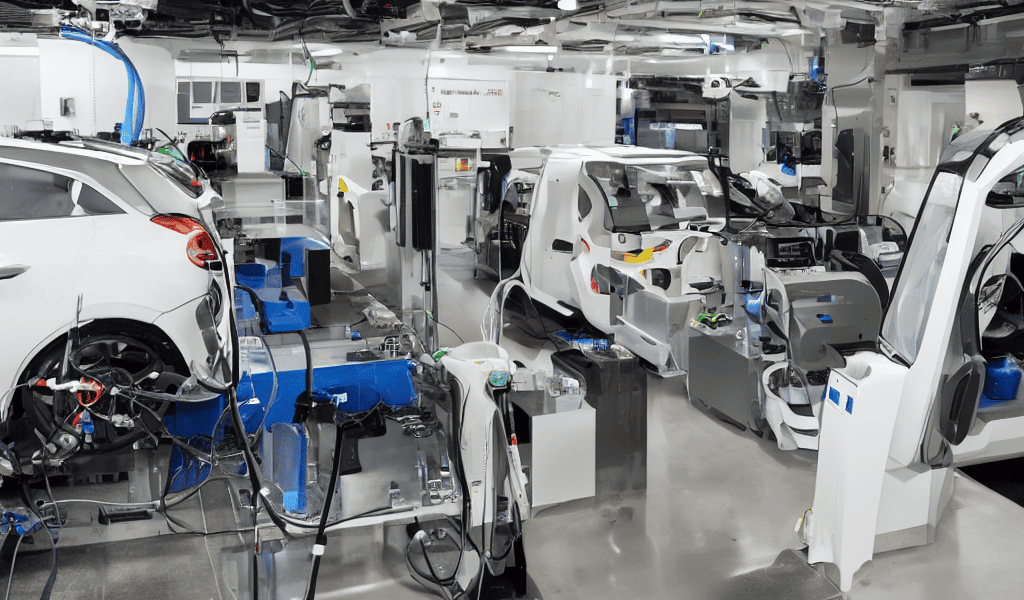
Michigan-based startup, Our Next Energy (ONE), has made a landmark innovation with the Aries II battery, replacing traditionally used expensive metals with iron and manganese. This novel battery is not only more cost-effective but also more sustainable, promising a whopping 560km range and increasing energy density by 16%. The Aries II battery is just the beginning for ONE with plans to launch the Gemini battery in 2025, aiming to provide a remarkable 1000km range on a single charge. The use of iron and manganese instead of nickel and cobalt not only reduces the production costs but also enhances the sustainability of the battery production process.
- Michigan startup Our Next Energy (ONE) has developed the Aries II EV battery using iron and manganese
- ONE plans to launch the Gemini battery in 2025, which aims to deliver a remarkable 1000km range per charge.
- The Aries II battery increases energy density by 16% over typical LFP batteries, matching range and mass of leading nickel cobalt batteries.
A breakthrough in battery technology
The Aries II battery, developed by ONE, is a game-changer in the electric vehicle (EV) industry. By using iron and manganese instead of expensive metals like nickel and cobalt, it becomes more cost-effective and sustainable. This innovative approach offers a range of 560km, a feat achieved by packing more cells into the power pack. An additional benefit of this design is the reduction of heat, making the battery safer. ONE’s unique iron-based chemistry increases energy density by 16%, leading to a longer-lasting and more efficient power source for EVs.
“The team took on the challenge of achieving energy parity with (nickel-cobalt) batteries, we looked at everything, from improving cell chemistry to redesigning the inside of the pack,” says ONE’s chief battery engineer Chris Hughes. The use of iron and manganese, cheaper and more readily available metals, substantially reduces the production costs of the batteries. Moreover, most of the iron used by ONE is sourced locally from North America, further enhancing the sustainability of the battery production process.
On the road to a greener future
ONE’s innovative approach doesn’t stop with the Aries II battery. The company plans to launch the Gemini battery in 2025, which is expected to provide an astounding range of over 1000km on a single charge. This ambitious project aims to provide EV drivers with the range required for long-distance travel, thus fostering mass EV adoption. The development of the Aries II and Gemini batteries underlines the continuous progress in EV battery technology, making electric vehicles a more viable option for many consumers.
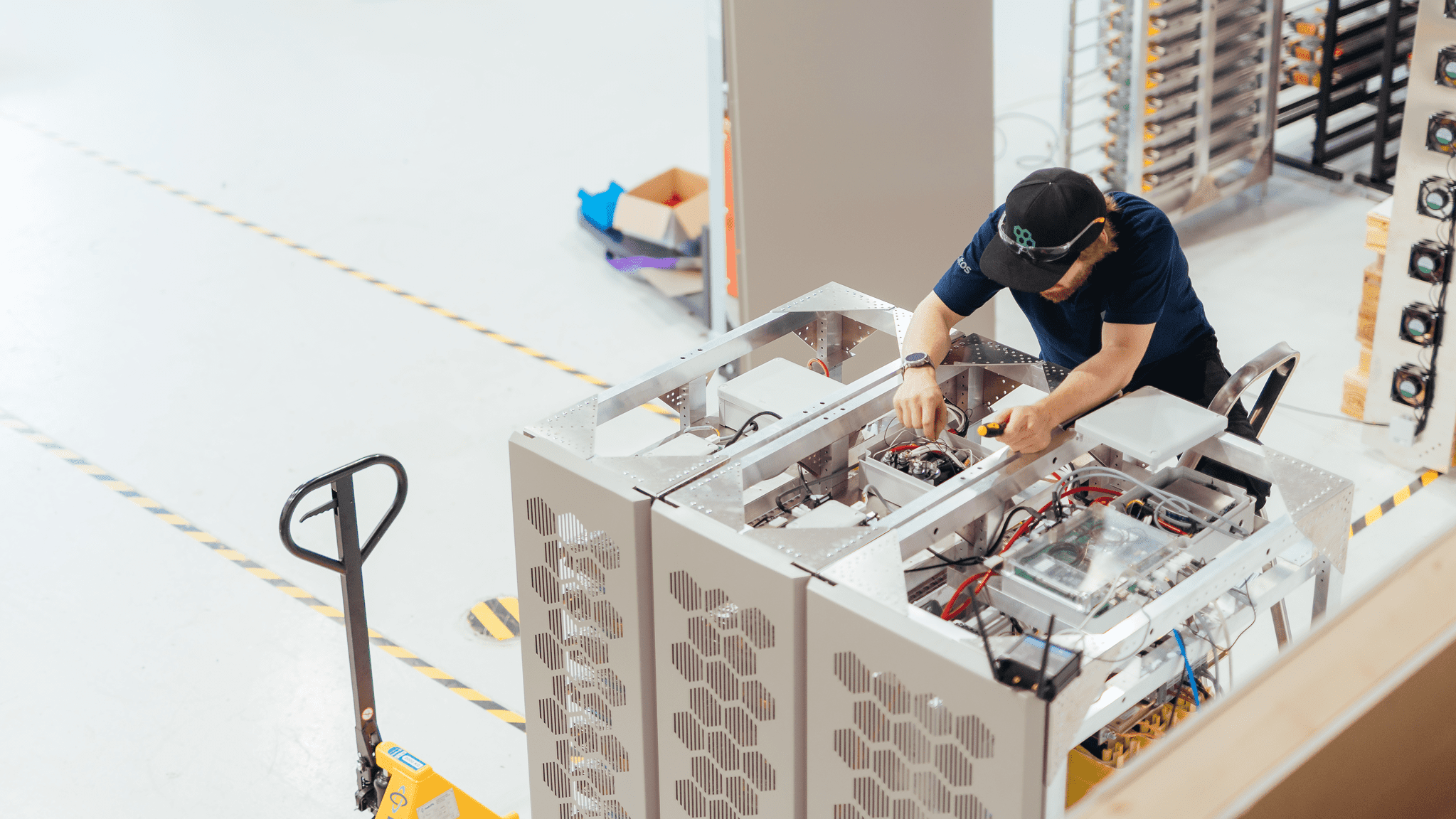
Replacing expensive metals like nickel and cobalt with iron and manganese, ONE has successfully developed a more sustainable and cost-effective solution. This breakthrough in battery technology could signal a new era of advancements in battery chemistry and, by extension, improvements in EV performance.
Matching the performance of traditional batteries
The Aries II battery has successfully closed the gap in range and mass to within six percent of the leading benchmark nickel cobalt manganese (NCM) battery typically used in electric vehicles. Furthermore, it costs 25 percent less than a comparable NCM battery and significantly reduces the risk of thermal runaway.
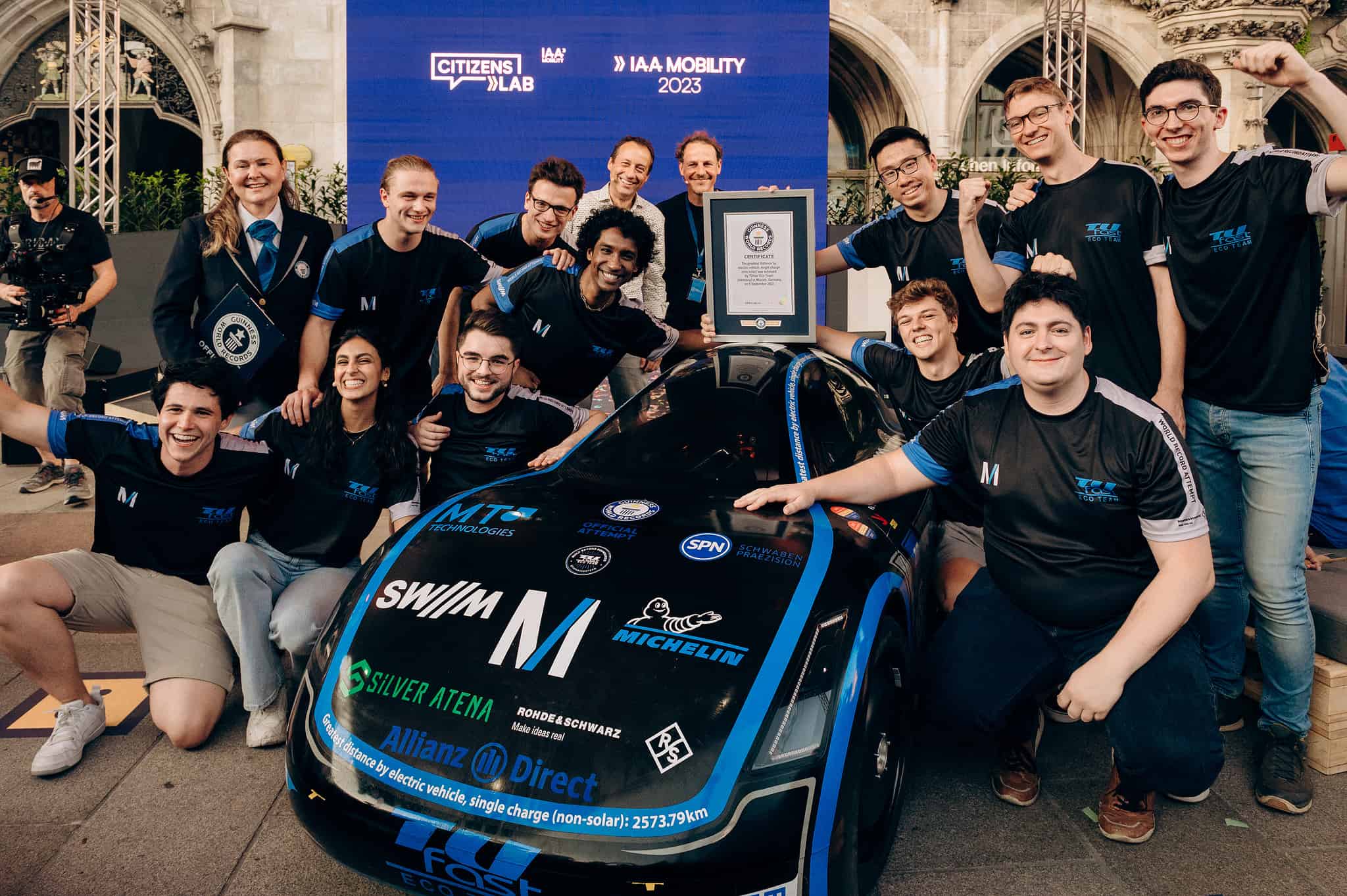
ONE’s Aries II battery has achieved a 20-30 percent increase in energy density over typical lithium iron phosphate (LFP) battery systems, with an energy density of 263 Wh/L and 162 Wh/kg. This impressive improvement in energy density and the lightweight design of the Aries II battery allow it to provide over 560km of range to a typical passenger EV. The Aries II batteries are expected to be fully compliant with Inflation Reduction Act (IRA) requirements when production begins in late 2024 at ONE Circle in Van Buren Township, Michigan.
Beyond the battery: A greener supply chain
ONE’s efforts to make EVs more sustainable don’t stop at the batteries themselves. The company also focuses on establishing a more sustainable supply chain. The raw materials used in producing the Aries II battery are abundant in North America, further reducing the environmental impact of the battery production process.
ONE has also designed the cells of the Aries II battery to be thinner, which reduces heat. This design feature, combined with the company’s new iron-based LFP chemistry, increases the battery’s volumetric energy density by 16%. The Aries II battery is expected to be produced at scale in Michigan, USA, from 2024 at ONE Circle, which will manufacture enough cells to produce 240,000 Aries II and Gemini packs annually.



